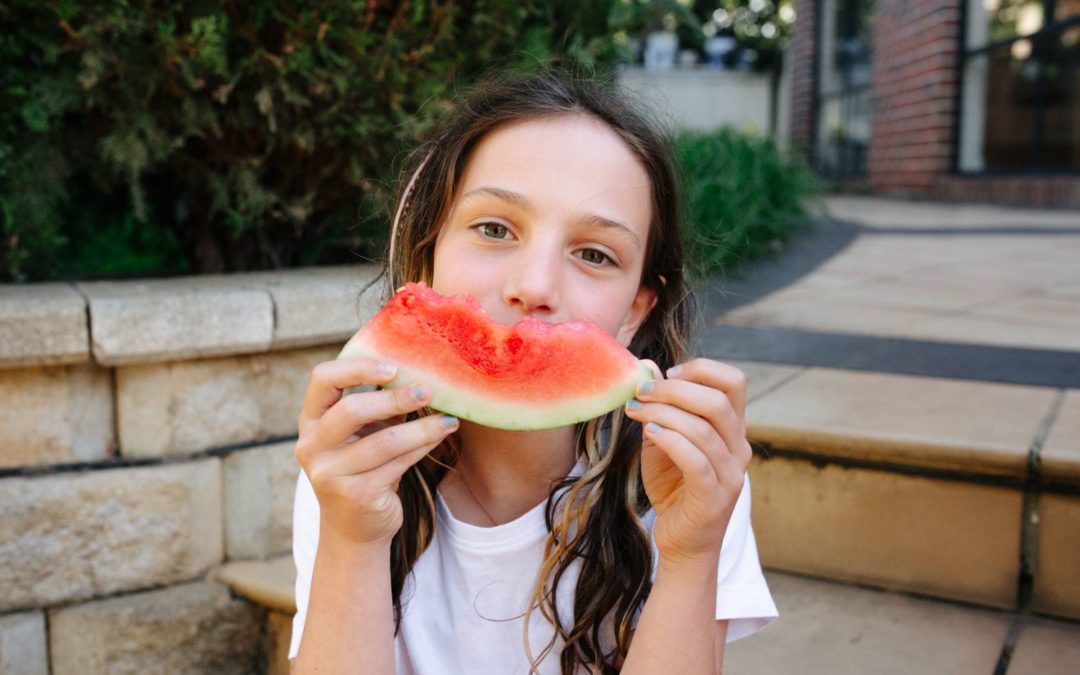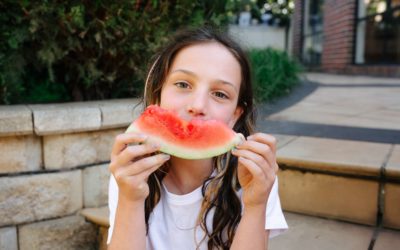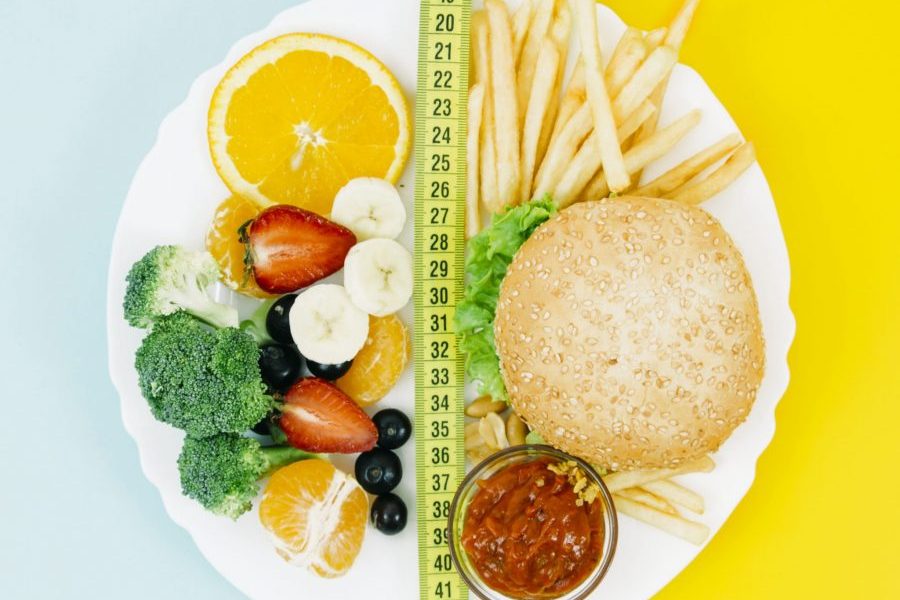Now nothing is perfect but we got your attention so let’s talk about how the environment we are eating in affects our own eating and our children’s.
We might wish our children ate more of this and less of that (or even wished we ourselves ate a little differently) but we can’t actually make children eat. We can serve the food but we can’t make them chew and swallow. So what can we do? We can focus on creating a mealtime environment that supports, rather than hinders, our children’s eating.
Studies have shown that the more stressed our children are at mealtimes, the harder it is for them to eat. So we can create a supportive environment so they feel comforatable to eat and more likely to try new foods in time. The mealtime environment also helps us as adults and our eating.
So what’s are the best ways to create a supportive mealtime environment?
Stay calm
Sounds easy pea-sy right? Just be calm at the table. But when you are perhaps a little sleep deprived, maybe a little stressed and have lovingly prepared a meal your family turns their noses up at, the blood starts to boil just a tad. It is hard. But trying to stay calm at the table when some food is thrown, when a meltdown occurs or when food is refused is tough, but practicing calm helps. Our top tips are to get the food ready before bringing the children to the table (or if they are around, then get them to help set the table but don’t seat them until the food is ready as we will waste some of their patience). Then take a deep breath before bringing them to the table. More tips on staying calm at the table here and more on how to get kids to come and stay at the table.
Get comfortable
Imagine trying to eat on a roller coaster. Not easy hey? Well when kids are sitting in an unsupported position with their legs dangling, trying to balance their body and the food on their forks whilst trying to eat can be overwhleming.
So check their comfort:
- Children’s feet should be on the ground, or another surface, like a stool or foot rest
- Their hips, knees, and ankles are all at a 90 degree angle. They may require a booster seat
- Are there safe foods (at least 1-2 foods on the table the children have already learn to like) so children feel comfortable with the food? And serving newe foods along with safe ones, improves food exposure and helps improve their willingness to try new foods. Remember to keep varying safe and new foods offered.
Limit distractions
This is one for adults and children! When you have a meal or snack, move away from the TV, put your phone away and sit at the table with your kids (table could also be a picnic on the floor or breakfast bench if comfortable). This is a great way for catching up on the day or having a simple talk (remember mealtimes are about more than food).
We know it can be appealing to have the tv going while you eat dinner, it can get your children to be quiet and often they eat more with the distraction of TV. But the distraction means that children are not learning to eat. They are not learning to listen to their bodies. Whilst screens might seem helpful in the now, they are unhelpful in the long term. So if you are currenlty using them, slowly decrese them. You can start with removing screens at snack times and then slowly reduce mealtimes or start by reducing screens one meal or snack per day and then increase it to two until you slowly work towards almost no screen time at meals within a few weeks or months .
Stop talking about the food!
Avoid talking about the food at the table, especially commenting on what your child is or is not eating or what they are or are not trying. Focus on staying calm and creating a nice eating environment and not what your child’s eating. It can be challenging but remember mealtimes are not just about eating (and the eating happens when we create a nice space and not when we pressure our children to eat). They are social interactions. They teach us language and social skills.
So if we don’t talk about food or eating, what can we talk about? Tell stories, can anyone remember something funny that happened today or their dream from last night? Other ideas could be chatting about how your day went, what does everyone think they will do tomorrow? Do some fun hypotheticals, if you were an animal what would you be? More info on language here.
Be realistic
Keep mealtimes timely. Sometimes we except our children to stay at the table more than they are able to do, and this means they become fidgety and we all get frustrated. Most children do most of their eating in the first 5-10 minutes of being at the table, so making them stay longer won’t mean they eat much more. Working up to 20 minutes at the table at dinnertime is a great goal to aim for but this might take time. 2-3 minutes per age is s good guide so if your child is 2 being at the table for 5 minutes is the place to start and slowly try and add a minute. If your child is a slow eater, then after what you feel is enough dinner time (might be 30, 45 or 60 minutes) then give a five minute warning that dinner is ending (more on why children are slow eaters here).
More info about dinner expectations here.
Music
Did you know that music can affect our taste buds? Studies have found that when listening to happy or sad music it affects our taste of the foods we eat. Something sweet can taste more bitter when a sad song is playing. The type of music being played can also affect our mood too. Try playing some happy yet calm music softly in the background to increase the quality of the environment (but keep it soft so as not to be a distraction).
Studies have also seen that the tempo of music also can affect our eating time. The slower the music the more likely you are to chew your food and sit down for a longer meal! Who has a happy, calm and slow song to share with us?
Other rituals
What other rituals can we try to help create a more supportive eating environment?
You could try lighting a candle at the beginning of the mealtime to mark the start of a meal (and then blowing it out at the end). Or say a small grace to start a meal (this may or may not be religious), just a thank you to mum or dad for making dinner. Or a poem, you can take turns reading at the start of a mealtime. Or it could just be quick note of something we are grateful for (does not have to be food related). Rituals to start the meal as nice to show children it is now mealtime.
Also think about the table setting. Can you set the table with a bunch of flowers (maybe pick some for your garden) or make some out of paper? Or children might like to make a picture as a centre piece or as placemats.
Remember
What are you going to focus on first to create a more supportive mealtime environment?
Note: Always remember to be kind and patient with yourself and your children when it comes to eating and creating change…










